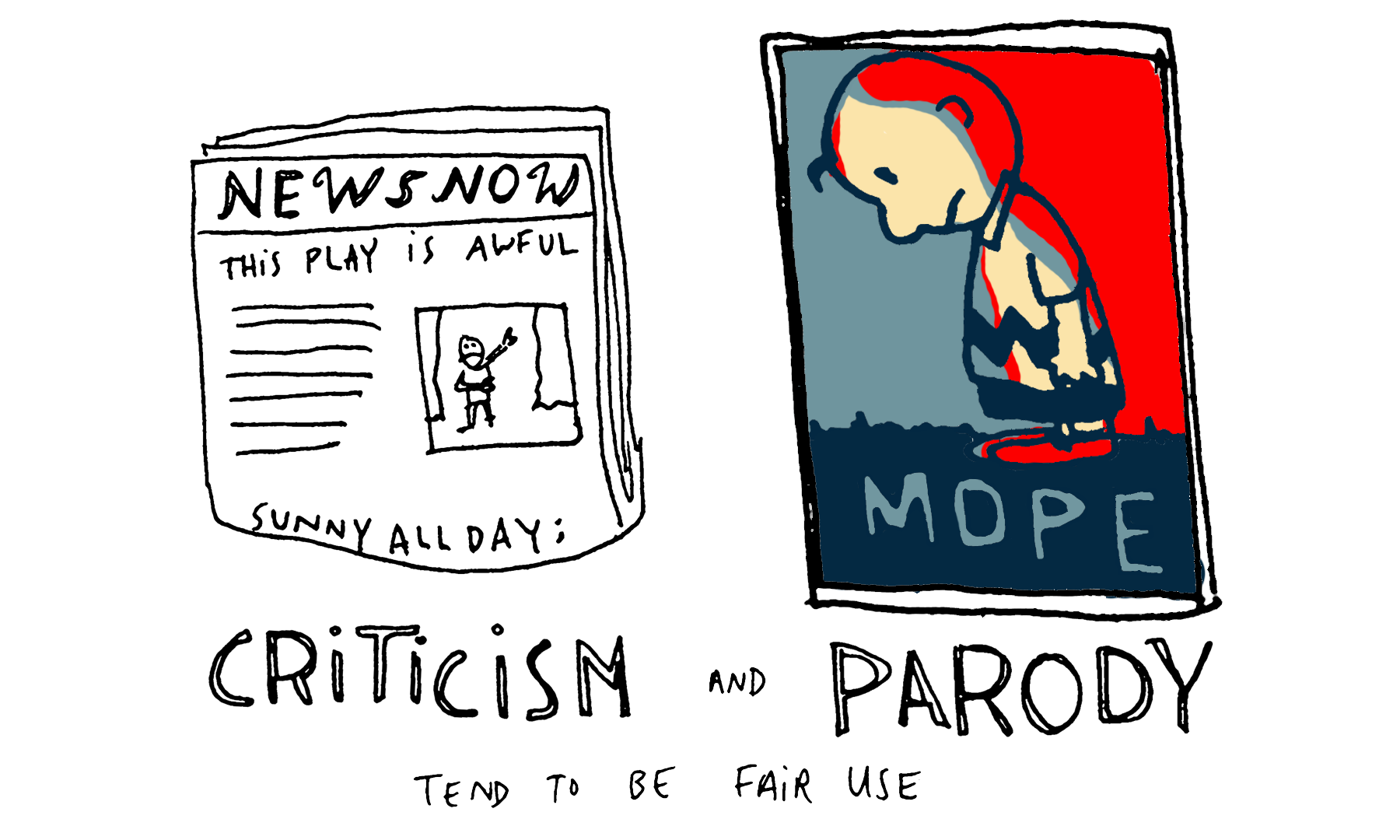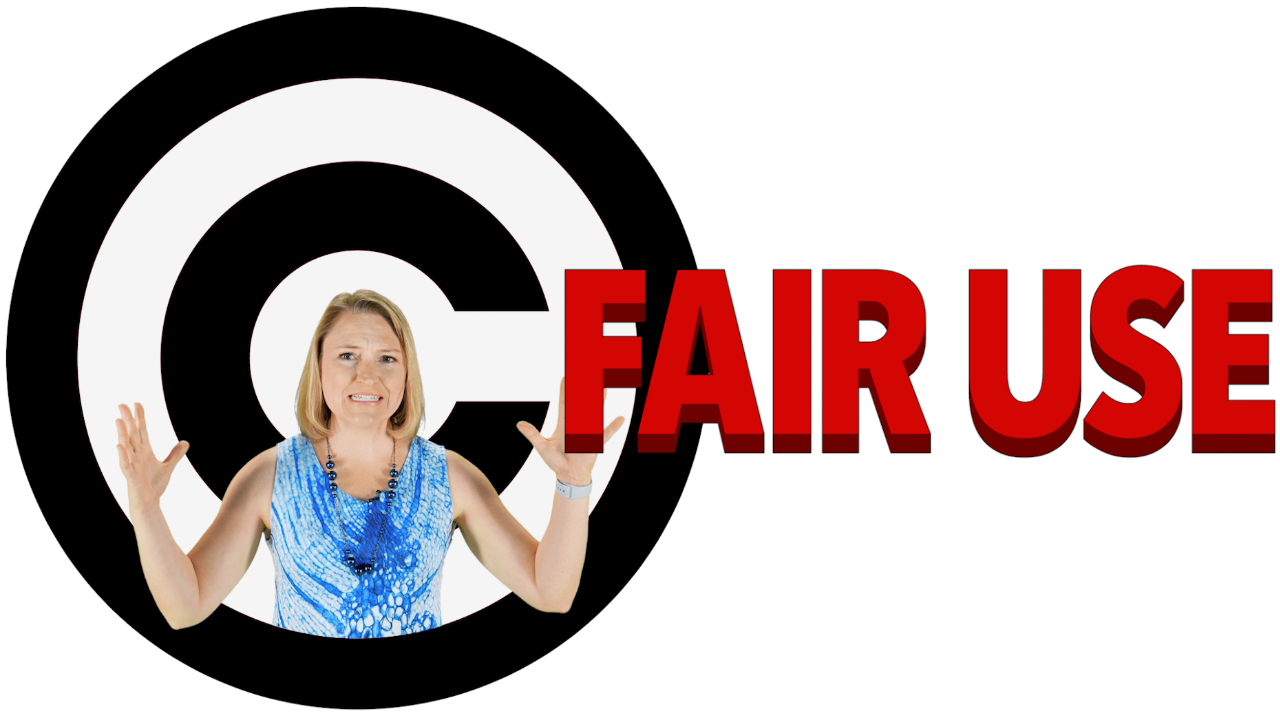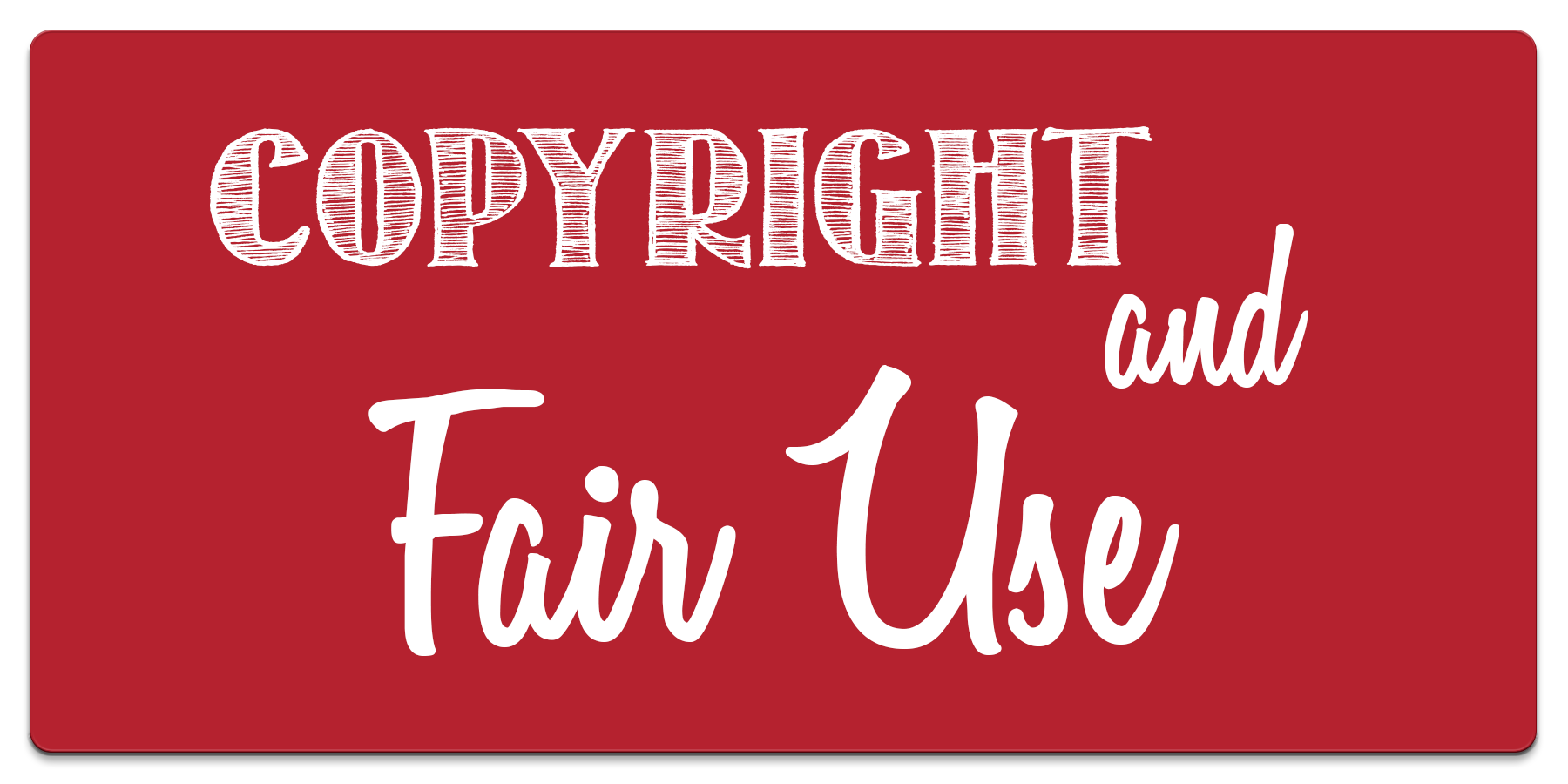In its most general sense, fair use is the use of copyrighted material done for a limited and transformative purpose, such as to provide commentary, criticism or to parody the copyrighted work. This can be done without the permission of the copyright holder, who cannot claim such use infringes upon their rights.
One of the major loopholes in this definition is that no-one can really state what ‘transformative’ really means. There are mostly just guidelines since the lawmakers who created the fair use rule most likely wanted it to have an expansive meaning that was open to interpretation, much like the free speech rule.
An important point to consider is that fair use analysis usually falls into two categories:
- Commentary and Criticism
If you are commenting upon or critiquing a copyrighted work—for instance, writing a book review—fair use principles allow you to reproduce some of the work to provide a basis for your review. The logic behind this is that the public draws some benefit from your review, which is enhanced by including some of the copyrighted material included.
- Parody
A parody is a work that ridicules another, usually well-known work, by imitating it in a comic way. Judges understand that, by its nature, parody demands some taking from the original work being parodied. Unlike other forms of fair use, fairly extensive use of the original work is permitted in a parody in order to “conjure up” the original.

So, How Do I Know for Sure If My Content Falls Under Fair Use?
Unfortunately, when it comes to fair use rulings, the only definite way to have it resolved is to ask for a federal court judgement. The judge will review the purpose of your use, the nature of the copyrighted work, how much of the work you have used and the potential effect of the usage on the target market to deliberate whether your use does in fact infringe copyright law or if it falls under fair use. Judges have a great deal of leeway when making a fair use determination, which means it is almost impossible to predict the outcome of any given case.
Let’s break down each consideration to see if we can make more sense of them. Starting with:
The Purpose and Character of Your Use
This refers to whether the copyrighted material taken was used to create something new, or was it simply copied verbatim and passed off as original. For the work to fall under fair use, you need to be able to show that you have brought a fresh perspective or meaning to the work, and that you have added value to the content, with new insights, new understanding and new presentation. This is why parodies are able to fall under fair use, even if they borrow heavily from the original copyrighted material. At the same time, simply poking fun at a recognized work doesn’t make it a parody. It’s a fine line to walk, but one that is important to understand.
The Nature of the Copyrighted Work
By their very informative nature, you have more leeway to take content from biographies and other factual works that you would from fiction like movies and novels. The reason for this is that the information in biographies is irrefutable to the most part, so if you are trying to discuss Donald Trump’s time as President of the United States, quoting his Twitter is fair game. However, if you were trying to write a novel about a school-age wizard, lifting paragraphs from a Harry Potter novel might not be a good idea.
Another point to remember is that you’ll have a stronger case for fair use if you quote from a published work that is in the public domain, rather than an unpublished work.
The Amount and Substantiality of the Portion Taken
Your copying is more likely to fall under fair use the less you take. However, this is under the caveat that you don’t take the most memorable aspect of the work. For instance, you’ll never be able to take the opening bars and the words ‘you been hit by…’ from the song ‘Smooth Criminal’ and expect that to be considered fair use.
However, this rule isn’t necessarily true in the case of parodies, where it is usually the most memorable part of the work that the parody pokes fun at.
The Effect of the Use Upon the Potential Market
The last official part of what a judge will assess in a fair use case is whether or not your work deprives the copyright holder of income, or prevents the copyright holder from pursuing new markets. For instance, if you are a sculptor and model your next piece on a photograph that you do not have permission to use, your use may not fall under fair use as you have prevented the photographer from potentially selling his pictures to another sculptor that might have paid him to use the photograph.
Parodies are again given a slightly different fair use analysis since quite often they compete in the same market as the original and can sometimes even impact the demand of the original. However, it has been agreed that the same effect could be caused by a negative review, and therefore this consideration is rarely taken into account.
We hope the information in this article has gone some way to clearing up what fair use is in terms of copyright law. This is a very complex subject that we may return to in a future article. Let us know in the comments if this is something you might be interested in.


